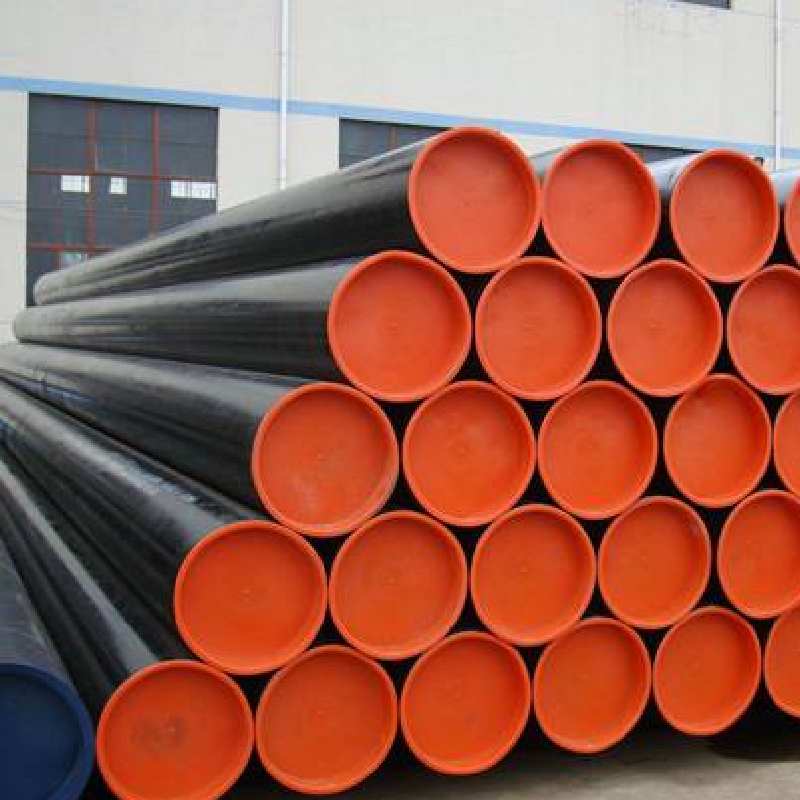-
Cangzhou Yulong Steel Co., Ltd.
-
Phone:
+86 13303177267 -
Email:
admin@ylsteelfittings.com

Oct . 01, 2024 17:17 Back to list
Understanding ANSI B16.5 Flanges for Pipe Connections and Industry Applications
Understanding ANSI B16.5 Flanges A Comprehensive Overview
Flanges are critical components in piping systems, serving as connectors between two pieces of pipe or between a pipe and a valve. Among the various standards governing flanges, the ANSI B16.5 standard is among the most widely recognized and utilized. This article delves into the details of ANSI B16.5 flanges, including their classification, applications, and importance in industrial settings.
What is ANSI B16.5?
ANSI B16.5 is a standard developed by the American National Standards Institute (ANSI) that specifies the dimensions, tolerances, and materials of flanges for use in piping systems. This standard encompasses flange types, pressure ratings, and the various materials from which flanges can be manufactured. ANSI B16.5 covers nominal pipe sizes ranging from ½ inch to 24 inches, with pressure ratings that go from 150 pounds to 2500 pounds.
Types of ANSI B16.5 Flanges
ANSI B16.5 standard outlines several types of flanges, each designed for specific applications
1. Slip-On Flanges These flanges are designed to slip over the pipe, and they are welded from both the inside and the outside to secure the connection. Slip-on flanges are typically easier to align and can be used with pipes of varying wall thicknesses.
2. Weld Neck Flanges These flanges have a long tapered neck, which provides a strong and robust connection. They are often used in high-pressure systems and are welded to the piping.
3. Blind Flanges These flanges are solid and are used to seal the end of a piping system. Blind flanges can withstand high pressure and are commonly used in applications where maintenance is anticipated.
4. Socket Weld Flanges Designed for small diameter pipes, socket weld flanges have a socket for the pipe at the center of the flange, allowing it to be inserted and welded into place.
5. Lap Joint Flanges These flanges are used with a stub end, allowing for easier alignment and disassembly. They are ideal for applications requiring frequent cleaning or maintenance.
Pressure Ratings
The ANSI B16.5 standard categorizes flanges based on their pressure-temperature ratings. These ratings are crucial as they determine the maximum pressure a flange can withstand at a given temperature. The pressure ratings range from Class 150 to Class 2500. Higher classes generally use thicker flanges that can handle greater pressures. Correctly matching the flange rating to the application's requirements is vital for safety and integrity in piping systems.
ansi b16 5 flange

Material Standards
ANSI B16.5 flanges can be made from various materials, including carbon steel, stainless steel, and alloy steel. The choice of material is often driven by the application, including the fluid being transported, temperature, pressure conditions, and environmental factors. For example, stainless steel flanges are preferred in corrosive environments, while carbon steel flanges are commonly used for general purposes.
Applications of ANSI B16.5 Flanges
Flanges governed by the ANSI B16.5 standard are prevalent in many industries, including
- Oil and Gas Flanges are essential for connecting pipelines, valves, and equipment, ensuring the safe and efficient transport of oil and gas.
- Chemical Processing The versatility of ANSI B16.5 flanges makes them suitable for various chemical processes, accommodating the need for different materials and pressure ratings.
- Water Treatment Flanged connections are widely utilized in water treatment plants for their ease of maintenance and reliability.
- Power Generation In power plants, flanges must withstand high pressures and temperatures, making ANSI B16.5 flanges indispensable.
Importance of Compliance
It is crucial for engineers and technicians to comply with ANSI B16.5 standards while designing and assembling piping systems. Adhering to these standards ensures safety, reliability, and performance consistency across various applications. Non-compliance can lead to catastrophic failures, resulting in safety hazards and significant financial losses.
Conclusion
ANSI B16.5 flanges play a vital role in the integrity and efficiency of piping systems across various industries. Understanding their types, applications, and the importance of adhering to the standards is essential for anyone involved in the design and maintenance of these systems. By ensuring compliance and making informed choices regarding flange selection, industries can uphold safety and operational efficiency while minimizing the risks associated with piping systems.
Latest news
-
ANSI 150P SS304 SO FLANGE
NewsFeb.14,2025
-
ASTM A333GR6 STEEL PIPE
NewsJan.20,2025
-
ANSI B16.5 WELDING NECK FLANGE
NewsJan.15,2026
-
ANSI B16.5 SLIP-ON FLANGE
NewsApr.19,2024
-
DIN86044 PLATE FLANGE
NewsApr.19,2024
-
DIN2527 BLIND FLANGE
NewsApr.12,2024
-
JIS B2311 Butt-Welding Fittings LR/SR 45°/90° /180°Seamless/Weld
NewsApr.23,2024
-
DIN2605-2617 Butt-Welding Fittings LR/SR 45°/90°/180° Seamless/Weld
NewsApr.23,2024











